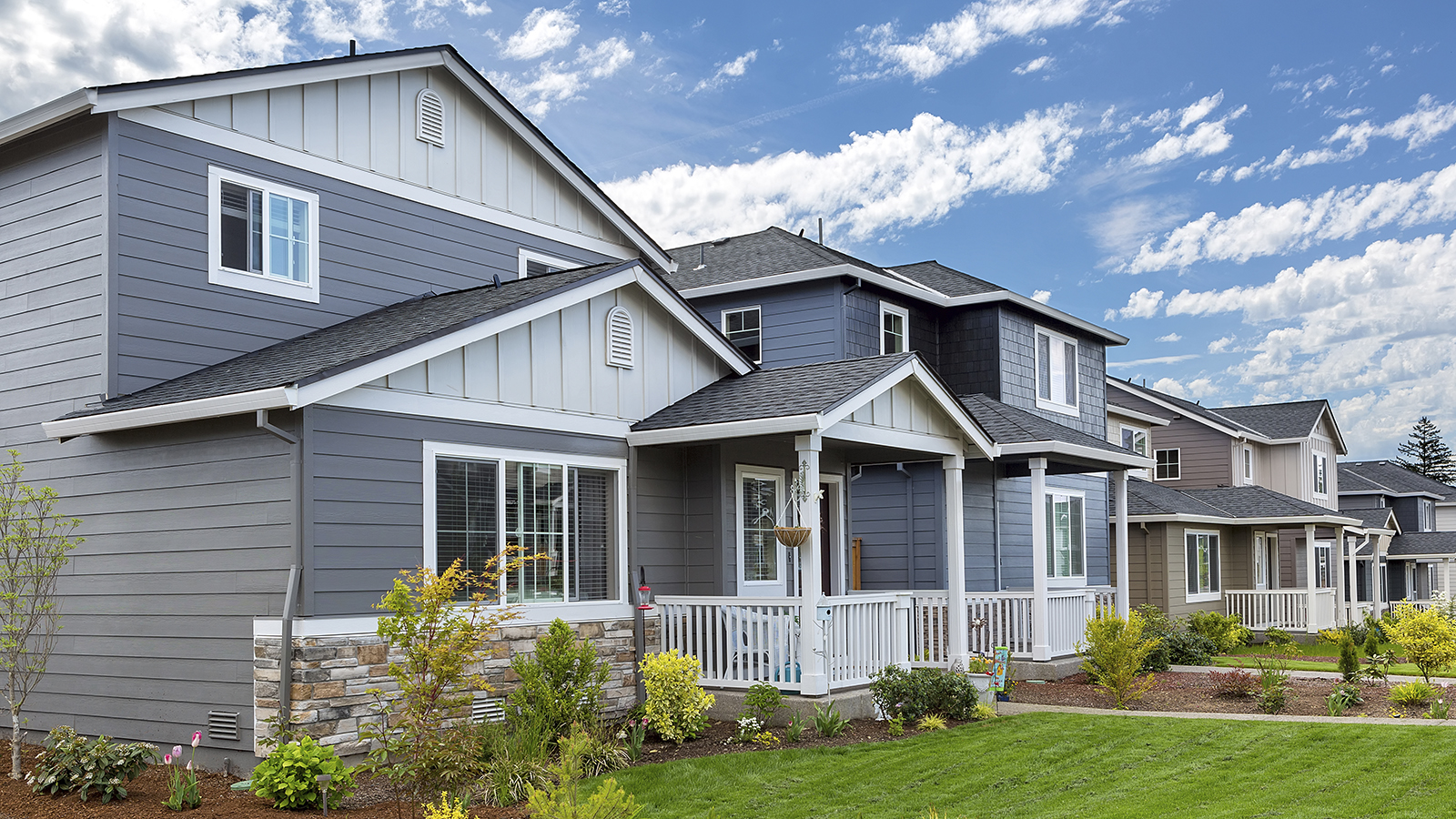Confidence in the market for new multifamily housing declined year-over-year in the first quarter of 2024, according to results from the Multifamily Market Survey (MMS) released today by the National Association of Home Builders (NAHB). The MMS produces two separate indices. The Multifamily Production Index (MPI) had a reading of 47, down three points year-over-year, while the Multifamily Occupancy Index (MOI) had a reading of 83, up one point year-over-year.
Multifamily developers are concerned about higher interest rates for construction and development loans, tight lending conditions that are taking place in the market right now, and difficulty with getting projects approved. While owners of existing apartments continue to report strong occupancy, this has the potential to soften in the near future given the number of units currently under construction. NAHB is currently projecting that multifamily starts will fall 28% this year as developer activity slows.
Multifamily Production Index (MPI)
The MPI is a weighted average of four key market segments: three in the built-for-rent market (garden/low-rise, mid/high-rise, and subsidized) and the built-for-sale (or condominium) market. The survey asks multifamily builders to rate the current conditions as “good”, “fair”, or “poor” for multifamily starts in markets where they are active. The index and all its components are scaled so that a number above 50 indicates that more respondents report conditions as good rather than poor.
All four of the components posted year-over-year declines: the component measuring garden/low-rise declined two points to 55, the component measuring mid/high-rise units fell five points to 36, the component measuring subsidized units dipped one point to 50 and the component measuring built-for-sale units posted a three-point decline to 39 (Figure 1).
Multifamily Occupancy Index (MOI)
The MOI is a weighted average of the three built-for-rent market segments (garden/low-rise, mid/high-rise and subsidized). The survey asks multifamily builders to rate the current conditions for occupancy of existing rental apartments, in markets where they are active, as “good”, “fair”, or “poor”. Similar in nature to MPI, the index and all its components are scaled so that a number above 50 indicates more respondents report that occupancy is good than report it as poor.
The components measuring garden/low-rise units and mid/high-rise units both remained unchanged year-over-year, with a reading of 84 and 74, respectively. The component measuring subsidized units increased seven points to 94 (Figure 2).
The MMS was re-designed last year to produce results that are easier to interpret and consistent with the proven format of other NAHB industry sentiment surveys. Until there is enough data to seasonally adjust the series, changes in the MMS indices should only be evaluated on a year-over-year basis.
Please visit NAHB’s MMS web page for the full report.
Discover more from Eye On Housing
Subscribe to get the latest posts sent to your email.

